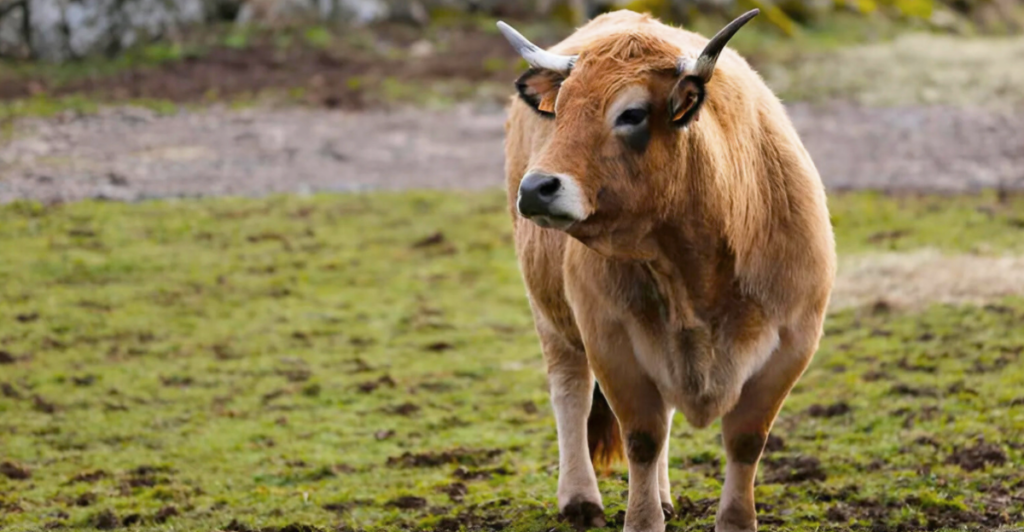
In 1871, Réunion Island colonists attempted to settle on the isolated Amsterdam Island in the southern Indian Ocean. They didn’t succeed, but five cattle behind them would live—and set off on a strange evolutionary adventure.
For over a century, the cattle had to endure a harsh, isolated existence on the island, which led to unusual physical and behavioral changes. They bred into the thousands in time and transformed the island ecosystem. Scientists were fascinated by their quick growth, but conservationists worried about their impact on the environment.
The eventual eradication of the herd raised fiery debates on biodiversity, ethics, and the unintended outcomes of human intervention. This is the peculiar but true story of Amsterdam Island cattle.
The Island and Its Unintended Inhabitants
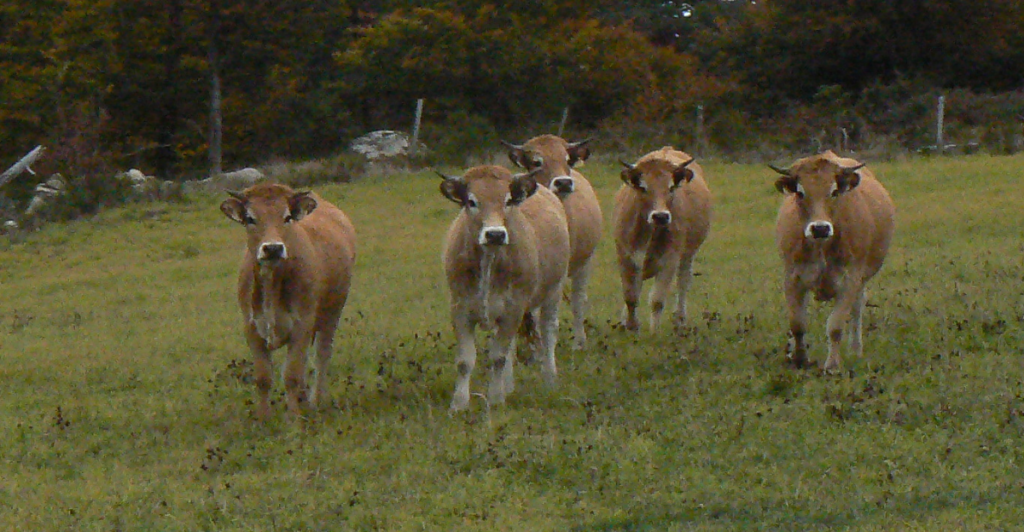
Amsterdam Island, a tiny French enclave in the Southern Indian Ocean, is a little more than 21 square miles of volcanic landscape, lashed by gale-force winds and hammered by turbulent seas.
After the Réunion settlers departed in 1871, the five cattle they left behind—accustomed to temperate climates—adjusted surprisingly well to their new surroundings. On their own and free from men and predators, they began reproducing. By the 1980s, they had grown to around 2,000.
This isolated situation, with little food available and no competition, was the perfect arrangement for the cattle to begin evolving in unique ways. Scientists recognized this as a unique opportunity to witness rapid evolution in real-time.
Rapid Evolution in Isolation
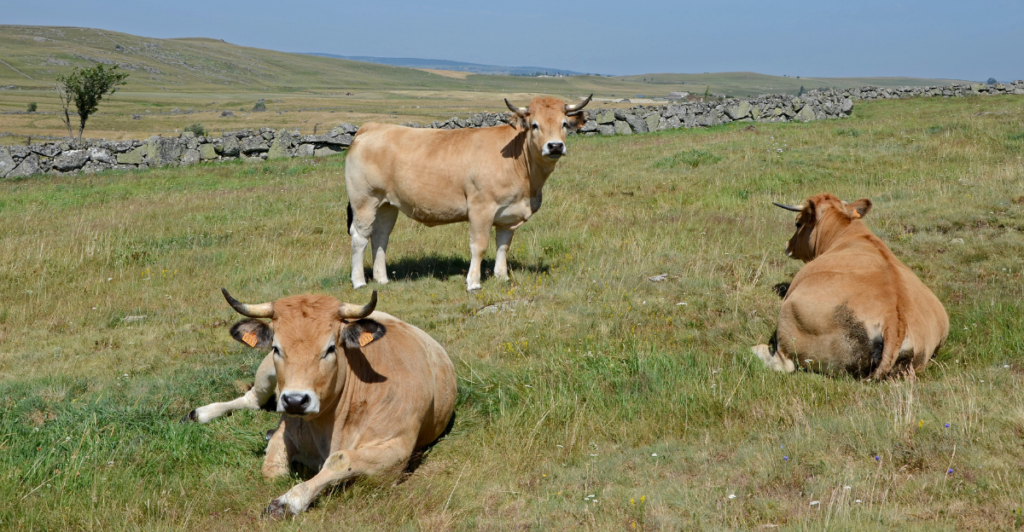
The Amsterdam Island cattle exhibited the typical signs of “island evolution.” Cut off from their native habitat, and with few resources, the cattle became dwarfed—a typical characteristic of large animals in island environments.
Adults were roughly half the size of their mainland relatives, with shorter legs and smaller bodies. These traits assisted them in navigating the island’s rocky terrain more effectively and surviving on limited vegetation. Their mating habits and behavior also changed over time.
Within a single century, they were significantly different from their original ancestors, providing scientists with intriguing insights into what environmental pressures can produce in terms of rapid evolutionary change—compressing what would normally happen over thousands of years into one century.
Genetic Insights into Adaptation
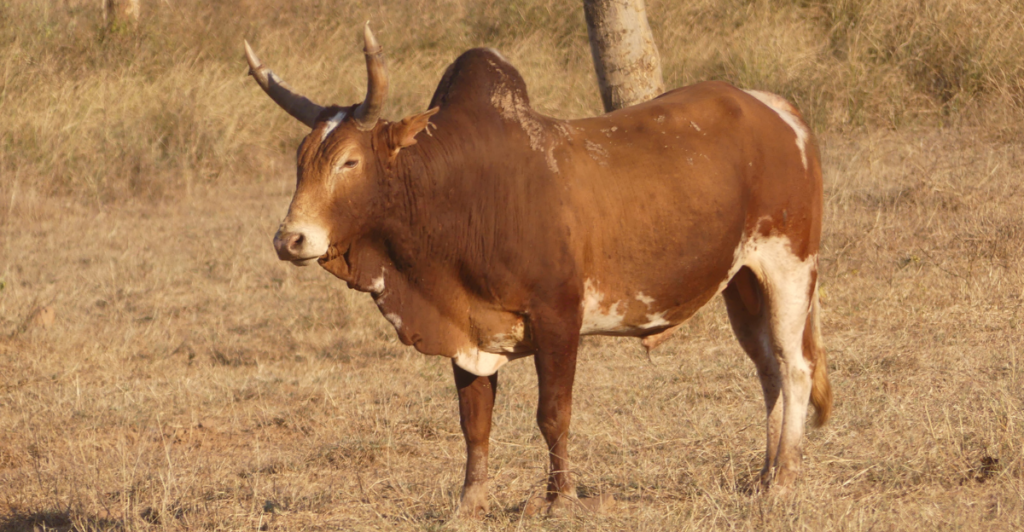
Genomic studies of the cattle provided profound insights into how they adapted to survive on Amsterdam Island. Scientists detected a genetic bottleneck—presumably from the original five founders—that resulted in high inbreeding.
Surprisingly, however, they retained moderate genetic diversity because they were interbred with mixed ancestry from both European taurine and Indian Ocean Zebu breeds. One 2024 paper identified particular gene variants related to the nervous system and stress response—which meant that behavioral adaptations were essential to survival.
The cattle not only physically adapted but also became more independent, alert, and self-sufficient. These findings made them one of the very few documented instances of mammalian adaptation on a distant island in recent history.
Ecological Impact and Conservation Issues
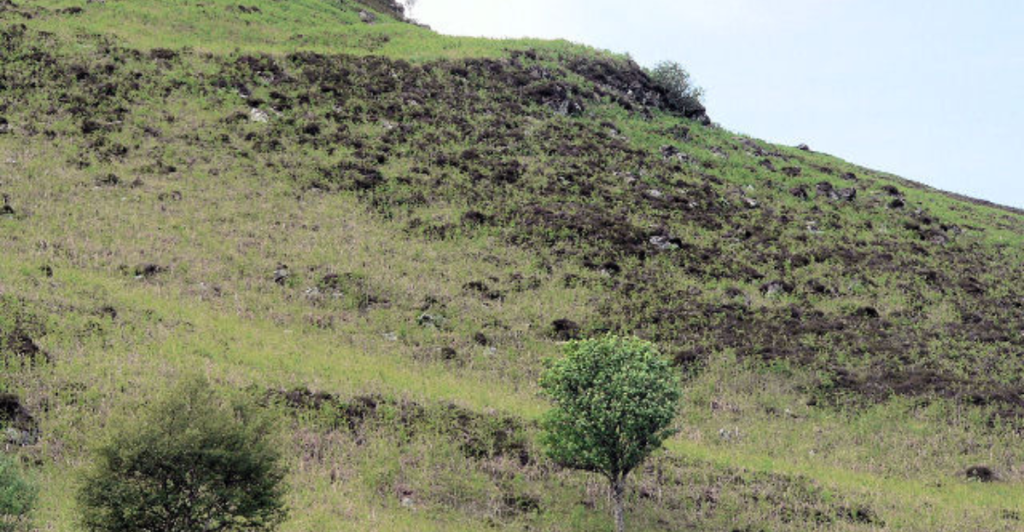
Although of scientific interest, the cattle posed serious ecological issues. With the increasing population, they started overgrazing the island’s sparse vegetation. This affected the Amsterdam albatross, an endangered seabird that only breeds on the island.
The cattle damaged breeding territories and poisoned indigenous plants necessary to the bird’s survival. They also stunted the natural regrowth of native shrubs and grasses.
When the environment eventually became even more threatened, French conservationists began to wonder whether the cattle could be managed alongside the island’s native species, or if they should be exterminated.
The Controversial Cull
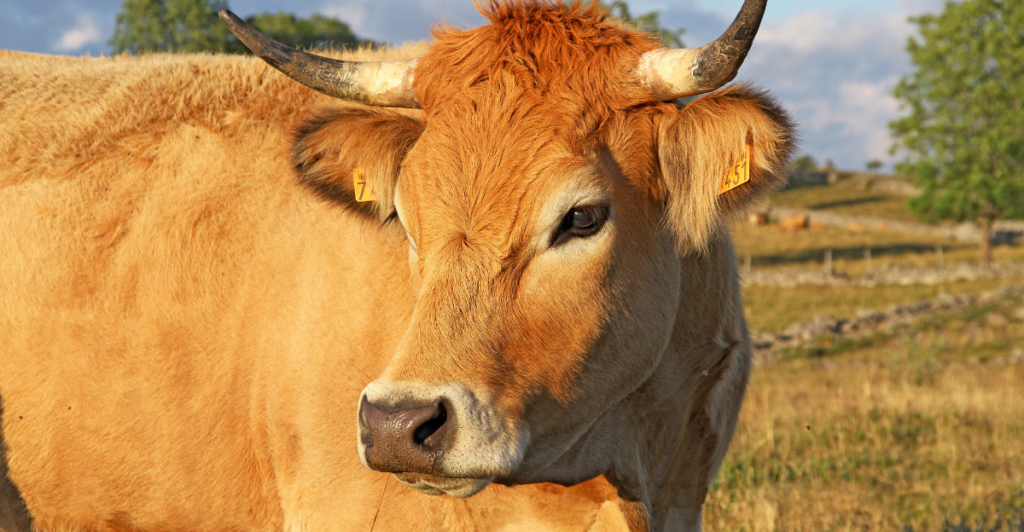
In the late 1980s, French authorities began to take action. They tried to protect sensitive lands and reduce the herd through selective culling, but these efforts failed. By 2010, it was decided to eradicate the herd entirely.
The final cull was carried out between 2007 and 2010 by snipers. While it restored vegetation on the island and protected endangered species, the action was unpopular. Scientists believed that these cows had developed into a genetically distinct wild herd unlike any other.
Some believed that the cows should have been left to continue research. The decision created conflict between the preservation of the environment and the worth of novel, unforeseen species.
Ethical and Scientific Debates

The extinction ignited an even broader debate: Is it right that conservation should preserve original ecosystems no matter what, or surrender to novel evolutionary offshoots such as the Amsterdam Island cattle?
Conservationists justified the step on the grounds of the need to safeguard endangered native species such as the Amsterdam albatross. But other evolutionary biologists viewed it as a lost opportunity. The cows were a real-life demonstration of speciation—a rare event.
There were also ethical concerns of the right to kill animals that had lived because of human carelessness. Ultimately, the cows were a case study in conflicting conservation values: maintaining native diversity versus honoring the value of emergent but scientifically valuable life forms.
Lessons from Amsterdam Island
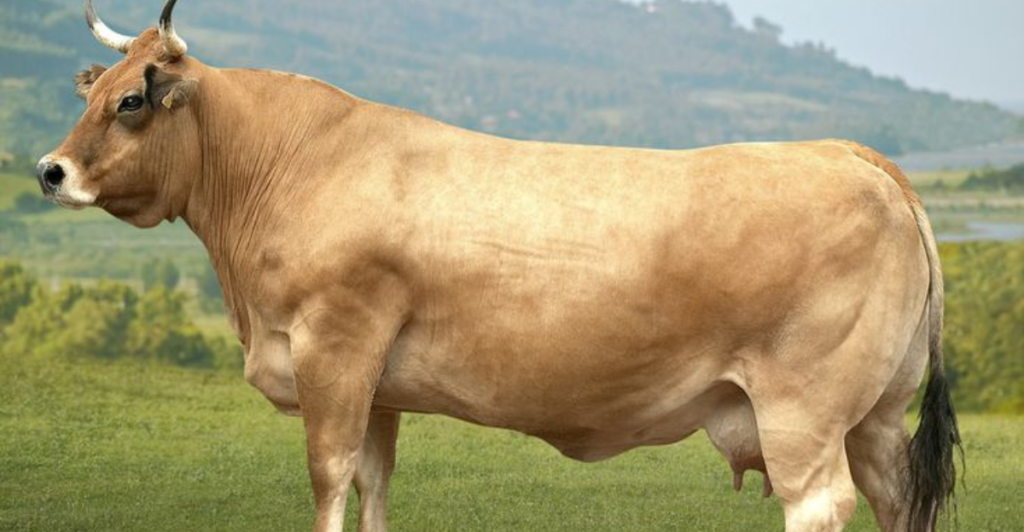
What began as an accidental introduction turned into a decades-long experiment in evolution. It demonstrated how isolation, pressure, and time can transform a species quickly—and how those changes can cascade through an ecosystem.
The case also demonstrates the diversity of conservation alternatives. Should human beings reverse every introduction that they created? How do we balance ecological harm with scientific prospects?
And when is it too late to compromise? The cattle case teaches us to think of conservation not just ecologically, but also with compassion, foresight, and a sensitivity to nature’s messy, unpredictable ways.
Broader Implications for Conservation
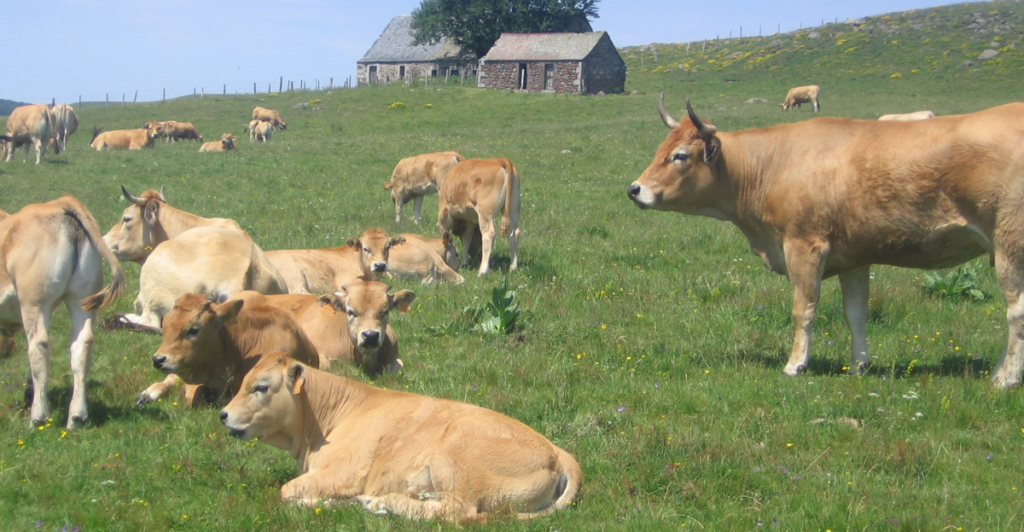
Amsterdam Island’s tale is not an isolated one. Globally, non-native species—feral cats, pigs, plants—cause unintended consequences. But what is interesting in this case is the speed and extent to which these cows adapted.
It challenges conservationists to ask whether a one-size-fits-all approach viable. Always maintain native ecosystems as the top priority, or can there be room for “new” ecosystems with adapted, non-native animals? The case also causes us to consider the importance of early data collection—had these cows been monitored sooner, could some portion of the population have been saved for science?
Conservation in the future will require more flexible, ethic-driven methods considering not just species, but also context, history, and long-term worth.
A Legacy of Adaptation and Controversy
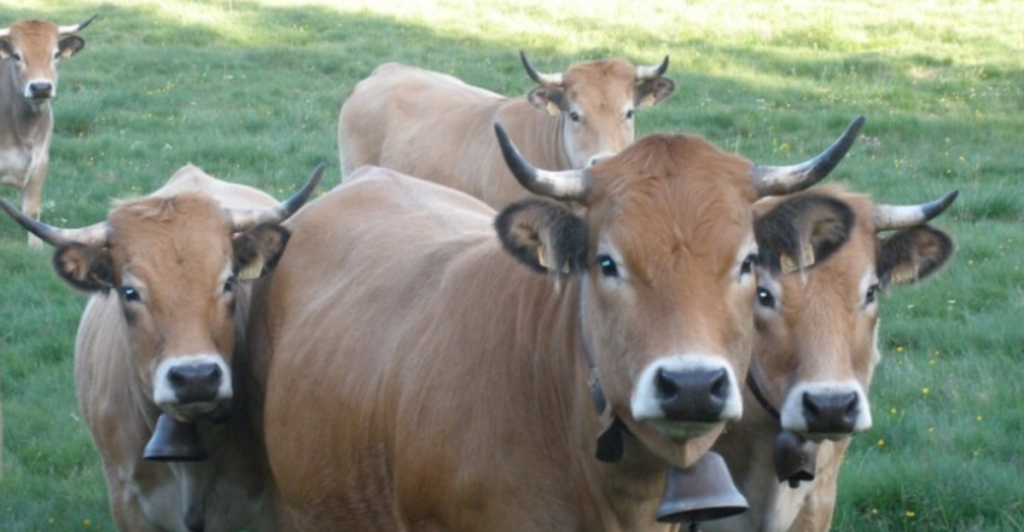
Amsterdam Island cattle are half cautionary tale, half scientific marvel. Starting with just five stranded animals, a unique population was formed, which adapted, and in the end, were nearly driven to extinction—this time, because of men trying to reverse the errors of the past.
It’s a useful reminder that nature does not wait for our permission to evolve. Evolution is always in progress. And the choices we make—about what to retain, what to eliminate, and what to study—define the natural world as much as any volcano, hurricane, or genetic mutation.
The Amsterdam Island cattle may be extinct, but their tale still rattles the idea of conservation, ethics, and evolution.
Explore more of our trending stories and hit Follow to keep them coming to your feed!

Don’t miss out on more stories like this! Hit the Follow button at the top of this article to stay updated with the latest news. Share your thoughts in the comments—we’d love to hear from you!







